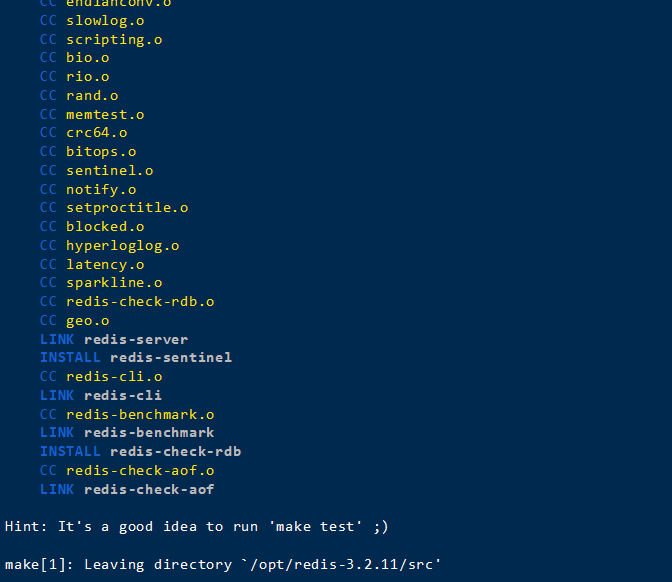

opt/cpanel/ea-php56/root/usr/bin/php -m | grep redis PHP 5.6 /opt/cpanel/ea-php56/root/usr/bin/pecl install igbinary igbinary-devel redis We recommend to install for all versions. You can install Redis PHP extension for all installed PHP version on your system or install for the active version only. Follow one of below step: cPanel with EasyApache 4 In this step there are two option available based in the EasyApache version on your cPanel server. Go to next step to enable Redis PHP extension on your cPanel server.

Redis server is up and running on your system. Now, You can use yum package manage to install Redis server packages by executing below command yum install redisĪfter successfully installation start Redis service and enable to auto-start on system reboot. Execute below command to enable: # CentOS/RHEL 7 You need to enable EPEL yum repository on your server first. Redis packages are not available under default yum repositories. Login to your server shell access using root account. In order to use this tutorial, you must have root shell access of your WHM/cPanel server. This guide will help you for the installation of Redis server and binding with PHP using Redis PHP extensions on a cPanel server. It also provides PHP module for communication between PHP script with Redis server. It supports data structures such as strings, hashes, lists, sets, sorted sets with range queries, bitmaps, hyperloglogs and geospatial indexes with radius queries.Redis is an in-memory data structure store, used as database server, cache and message broker. Redis is an open source (BSD licensed), in-memory data structure store, used as a database, cache and message broker. Start memcached Service : service memcached start yum install php-pecl-apcuįree & open source, high-performance, distributed memory object caching system, generic in nature, but intended for use in speeding up dynamic web applications by alleviating database load.įor PHP 5.xx yum -y -enablerepo=remi,remi install memcachedįor PHP 7.xx yum -y -enablerepo=remi,remi install memcached If you’re using PHP-FPM : service php-fpm restartĪPC is a free, open, and robust framework for caching and optimizing PHP intermediate code. If you’re using Apache (mod_php) : service httpd restart yum install php-opcacheĪfter installation you need to restart Apache/php-fpm : OPcache improves PHP performance by storing precompiled script bytecode in shared memory, thereby removing the need for PHP to load and parse scripts on each request. Rpm -Uvh remi-release-6.rpm To install Zend Opcache :
#Yum install redis download
In CentOS install redis argument you need to pass through yum tool to download and install the server from Repository. Lets get Started : First install Remi repo : CentOS 8 dnf install CentOS 7 wget Redis supports different kinds of abstract data structures, such as strings, lists, maps, sets, sorted sets, HyperLogLogs, bitmaps, streams, and spatial indexes.
#Yum install redis code
OPCache and object cache stores this code into memory on the first execution, to be reused afterwards, thus leading to performance boosts. In other words, a PHP script when it is executed, is compiled into opcode/object cache (memcache and redis), code that is understandable by the machine. OPCache and object cache improves PHP performance by storing precompiled script bytecode in shared memory, thereby removing the need for PHP to load and parse scripts on each request. In this tutorial we’ll implement and install various type of opcache and object cache in order to increase the performance of your websites and lower the loads for server.


 0 kommentar(er)
0 kommentar(er)
